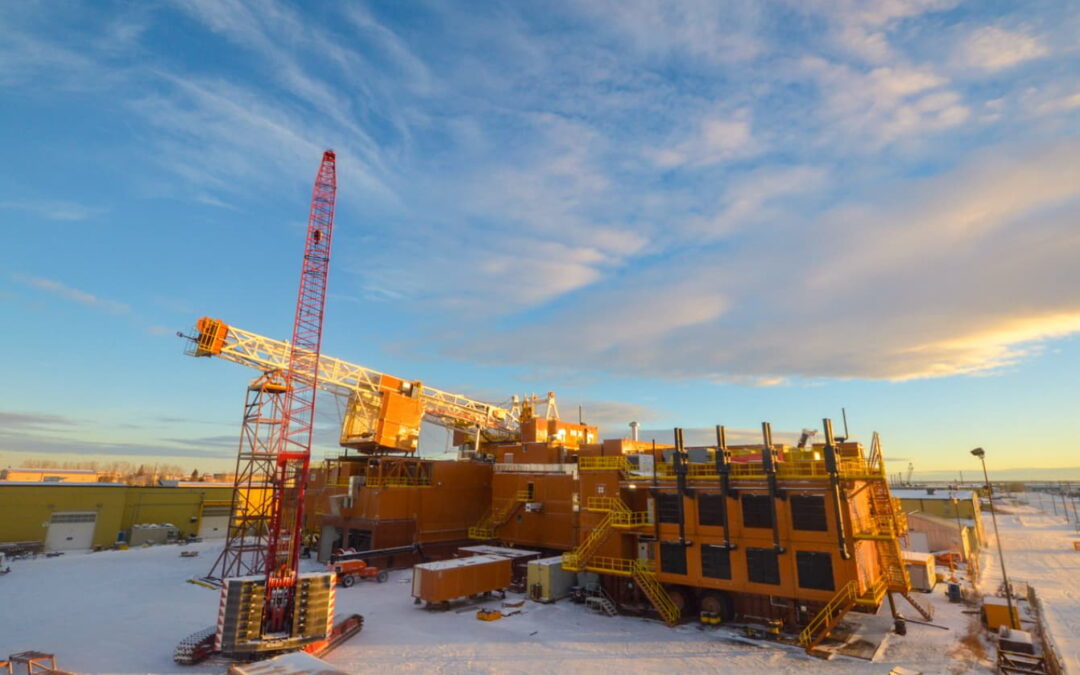In documenting and showcasing the evolution of construction projects, construction photography plays a pivotal role. From capturing the initial groundwork to the finishing touches, construction photographers create a visual narrative that helps builders, architects, and investors monitor progress and market their work.
Construction photography provides a visual record of the construction process, aiding in project management, marketing, and future references. To excel in construction photography, one must understand the critical elements, including lighting, angles, and equipment.
Do’s of Construction Photography Services
- Hiring the Right Professional: When seeking a construction photographer, review their portfolio, check their experience, and request references. The right professional will have a keen eye for detail and a track record of capturing construction projects effectively.
- Using Appropriate Equipment: Invest in quality equipment, including DSLR cameras, wide-angle lenses, tripod stands, and construction drone photography gear. These tools are essential for capturing the scale and detail of construction projects.
- Safety First: Safety should always be a top priority. Construction sites can be hazardous, so ensure photographers are trained and adhere to safety guidelines. Protective gear such as hard hats and high-visibility vests are non-negotiable.
- Regular Documentation: Consistency is key. Regularly document the construction progress to create a comprehensive visual timeline. This helps project stakeholders stay informed and track changes over time.
- Post-processing: Professional photo editing is crucial to enhance the quality of images. Correcting lighting, color, and perspective issues can make the difference between good and outstanding construction photographs.
Don’ts of Construction Photography Services
- Ignoring Legalities: Neglecting permissions, copyrights, and privacy laws can lead to legal issues. Always obtain the necessary approvals and respect the privacy of individuals on or near the construction site.
- Compromising on Safety: Never jeopardize safety for the sake of a photo. Stay within designated safe areas and follow safety protocols. A stunning image is never worth risking lives.
- Neglecting Lighting and Weather Conditions: Natural light and weather conditions can significantly impact photographs. Don’t underestimate their importance. Choose the right time of day and consider weather forecasts to capture the best shots.
- Overlooking Details: While wide-angle shots are essential, don’t forget the value of close-ups. Focusing on intricate construction details can highlight craftsmanship and add depth to your portfolio.
- Undervaluing Professionalism: Clear contracts, prompt responses, and respectful interactions are vital to building lasting relationships with clients.
Conclusion
In construction marketing, a picture is truly worth a thousand words. By following the dos and don’ts outlined here, construction photography experts can elevate their work, ensuring that every image tells a compelling story of growth and transformation.

